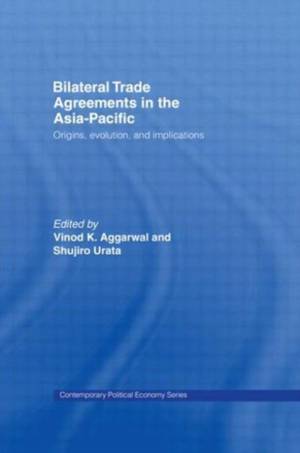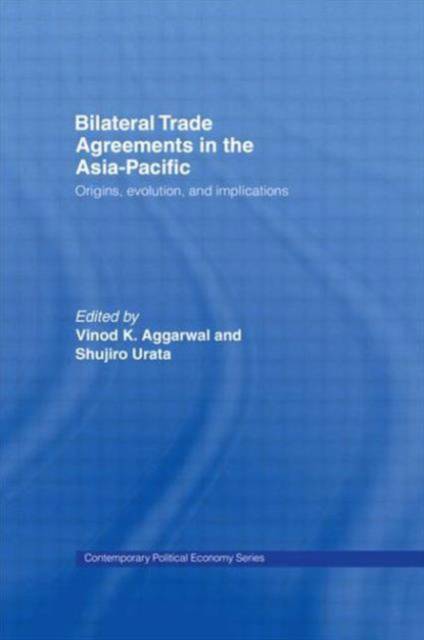
- Retrait gratuit dans votre magasin Club
- 7.000.000 titres dans notre catalogue
- Payer en toute sécurité
- Toujours un magasin près de chez vous
- Retrait gratuit dans votre magasin Club
- 7.000.0000 titres dans notre catalogue
- Payer en toute sécurité
- Toujours un magasin près de chez vous
Bilateral Trade Agreements in the Asia-Pacific
Origins, Evolution, and Implications
Description
The Asia-Pacific region has witnessed a rapid rise in bilateral preferential trade agreements at the beginning of the twenty-first century. This trend could have potentially dramatic effects on the trading patterns of countries in the transpacific region and beyond. Some argue that these accords will spur multilateral negotiations, while others believe that they will irreparably damage the trading system.
Bilateral Trade Agreements in the Asia-Pacific examines the underlying political and economic factors driving these accords, based on a novel theoretical framework. Experts then provide overviews of political and economic trends in the region as well as detailed analysis of the trade strategies of Japan, China, Singapore, South Korea, Malaysia, Taiwan, Thailand, the United States and Mexico.
By systematically evaluating and assessing the driving forces underlying the turn to bilateral trade agreements in the Asia-Pacific, this book provides the first comprehensive analysis of this crucial phenomenon. Growing numbers of countries both in the region and elsewhere in the world are now considering further negotiation of bilateral trade accords. Understanding how these arrangements will fit or conflict with existing institutions in the Asia-Pacific and the WTO makes this book imperative reading for policy-makers and scholars.
Spécifications
Parties prenantes
- Editeur:
Contenu
- Nombre de pages :
- 312
- Langue:
- Anglais
- Collection :
Caractéristiques
- EAN:
- 9780415702096
- Date de parution :
- 12-01-06
- Format:
- Livre relié
- Format numérique:
- Genaaid
- Dimensions :
- 167 mm x 238 mm
- Poids :
- 621 g

Les avis
Nous publions uniquement les avis qui respectent les conditions requises. Consultez nos conditions pour les avis.





